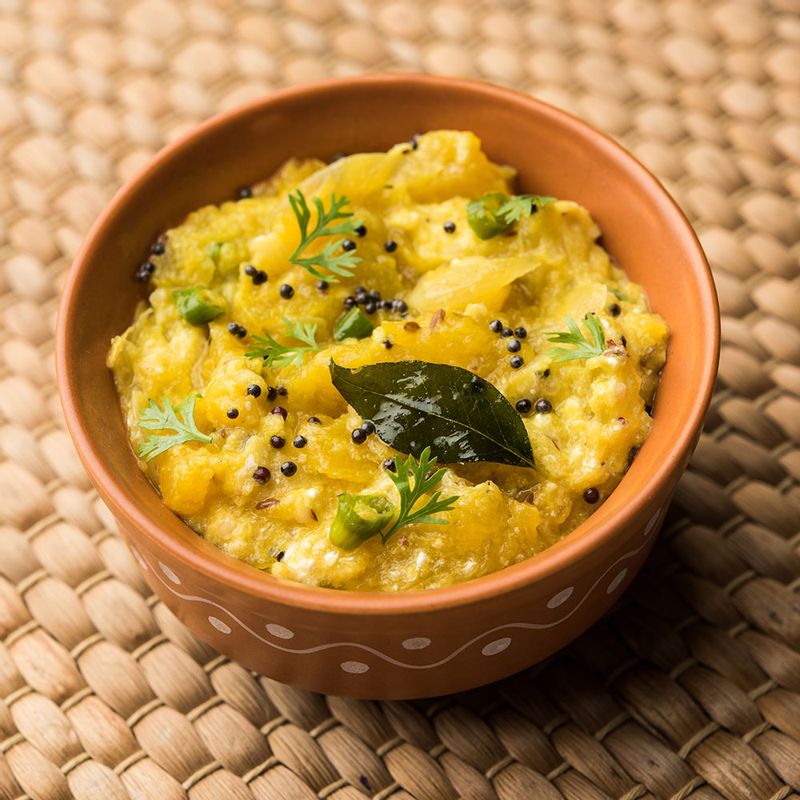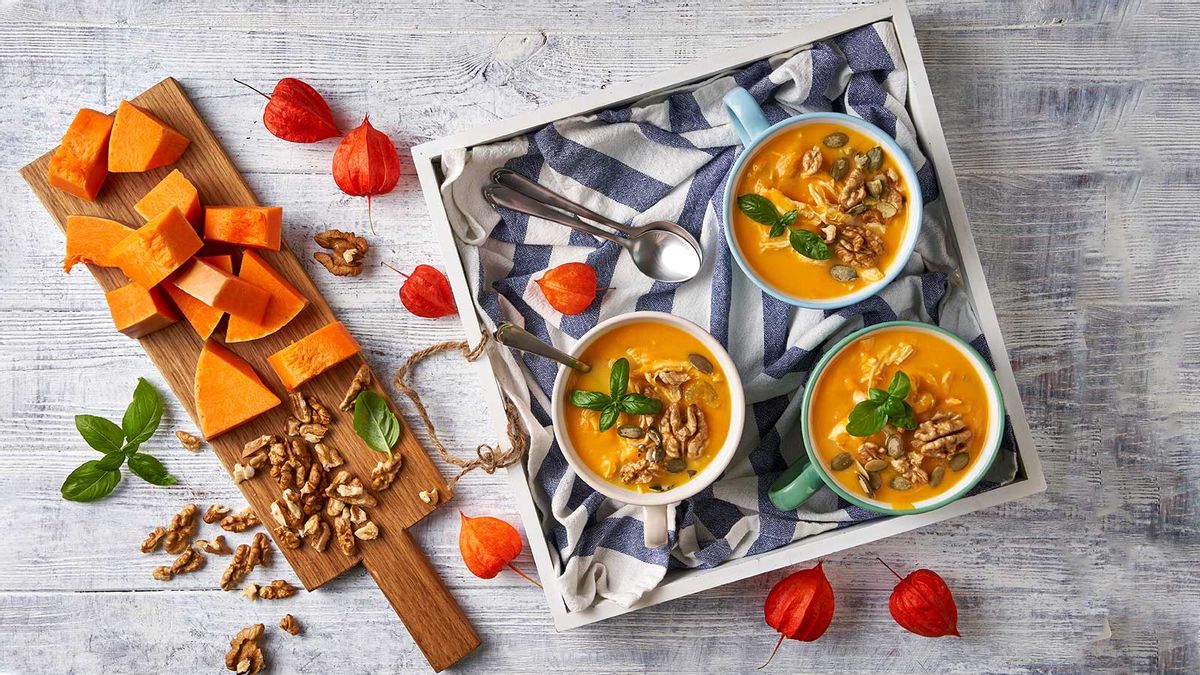Did you know pumpkin is a fruit? Despite the fact that pumpkin’s popularity is suspect, one cannot deny the fact that it’s a nutritional wonder. Pumpkin is enriched with beta carotene, which, when consumed, is converted to vitamin A in our body. Vitamin A plays a crucial role in the health of our skin, vision and immune system. This is one of the reasons why experts suggest including pumpkin in one’s diet. For most of us, it is pumpkin flesh that we think of consuming. But not many know that every part of the pumpkin, including its flowers, leaves, and seeds, can be eaten in different ways.

Here’s a lowdown on all the edible parts of the humble pumpkin and their benefits.
Pumpkin Flesh
Roast it, make a curry, stuff it in ravioli or pie filling, there’s so much you can do with pumpkin meat. This slightly sweet fruit is packed with health perks—good heart health, sharp eyesight, and wrinkle-free skin.
According to the US National Cancer Institute, the dietary antioxidant beta carotene present in pumpkin flesh may play a role in cancer prevention.
Pumpkin Leaves
Pumpkin leaves are eaten in several parts of India—some make a dry sabzi out of these, while others prepare a gravy-based dish. According to Naavnidhi K Wadhwa, a Coach for Psychology of Eating, Diet Planner, and NLP Expert from Mumbai, pumpkin leaves are low on calories and come packed with iron, potassium, proteins, calcium, and vitamins (A and C). These nutrients ensure bone health and aid in healing wounds too. Pumpkin leaves are also rich in antioxidants known to slow down the process of ageing.
Pumpkin Seeds
Bangalore-based nutritionist Anupama Menon says, “Pumpkin seeds are a good source of zinc. They help our body to activate T-cells critical for proper immune function. People who are deficient in zinc tend to be more susceptible to a variety of illnesses—the most common one is cold.”
Meanwhile, Wadhwa says these seeds are rich in fibres that help bowel movements, keep our weight in check, and lower the risk of heart disease and diabetes. Roasted pumpkin seeds make for great snacks similar to other dry fruits and nuts. It can also be added to salads or fruit bowls, they add crunch and texture to the preparation.
Pumpkin Skin
As far as pumpkin skin is concerned, it boasts the same benefits as the seeds. In addition, it helps fight yeast infection. The skin too makes for a nutritious snack, just like the seeds. Sprinkle some salt on the peels, once they start releasing moisture; toss them in a little oil and bake for around 25-30 minutes in a preheated oven. You can also prepare an interesting chutney using pumpkin peels, sesame seeds, freshly grated coconut, and green chillies.
Pumpkin Flowers
These yellow and orange-hued edible flowers are very popular in parts of West Bengal and Kerala. Some use pumpkin flowers to make fritters, some make a stir fry, while many others stuff and bake them until crispy, golden brown. Pumpkin flowers help prevent cold and cough because it strengthens the body’s resistance to infection, just like the skin. They also contain vitamin B9, which is essential for sperm creation and quality.




